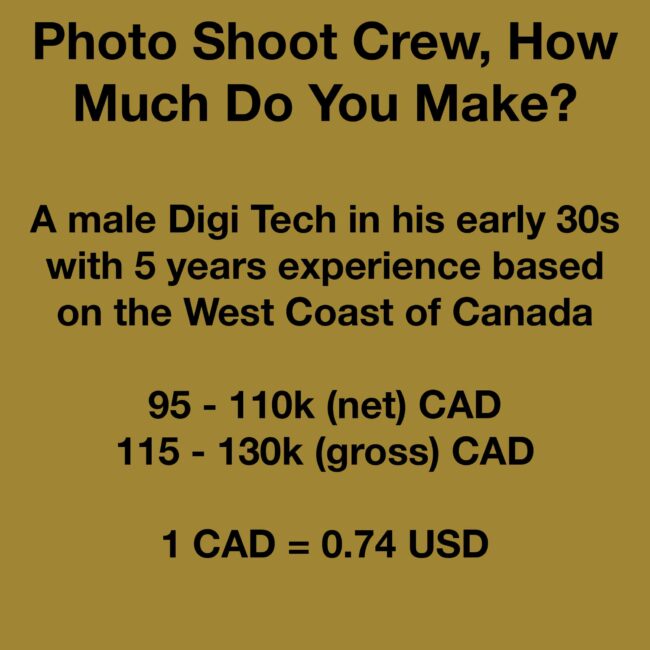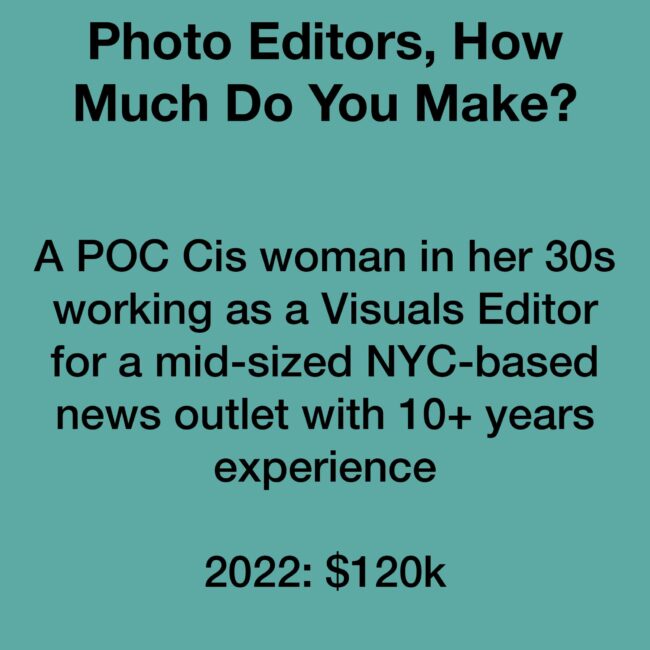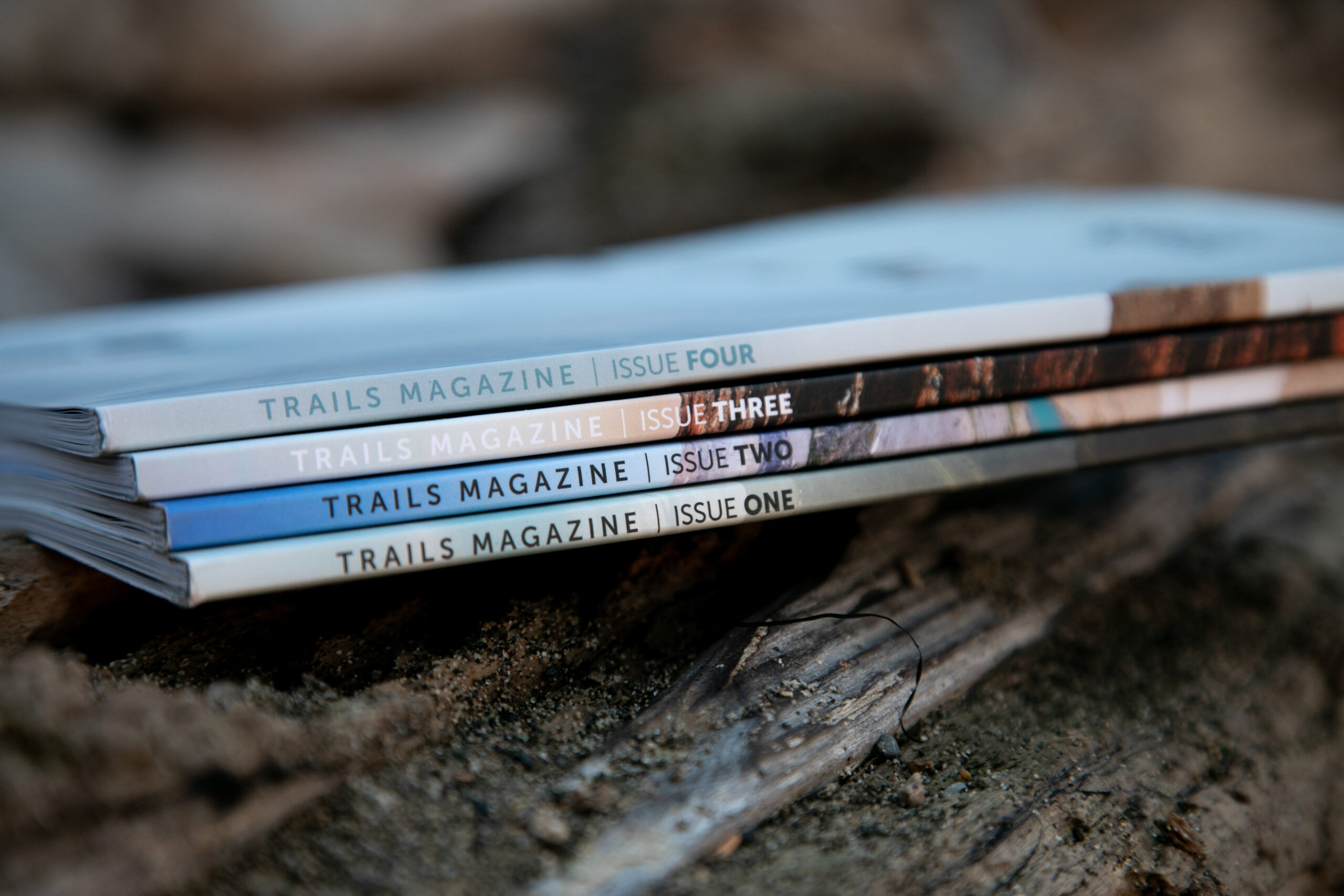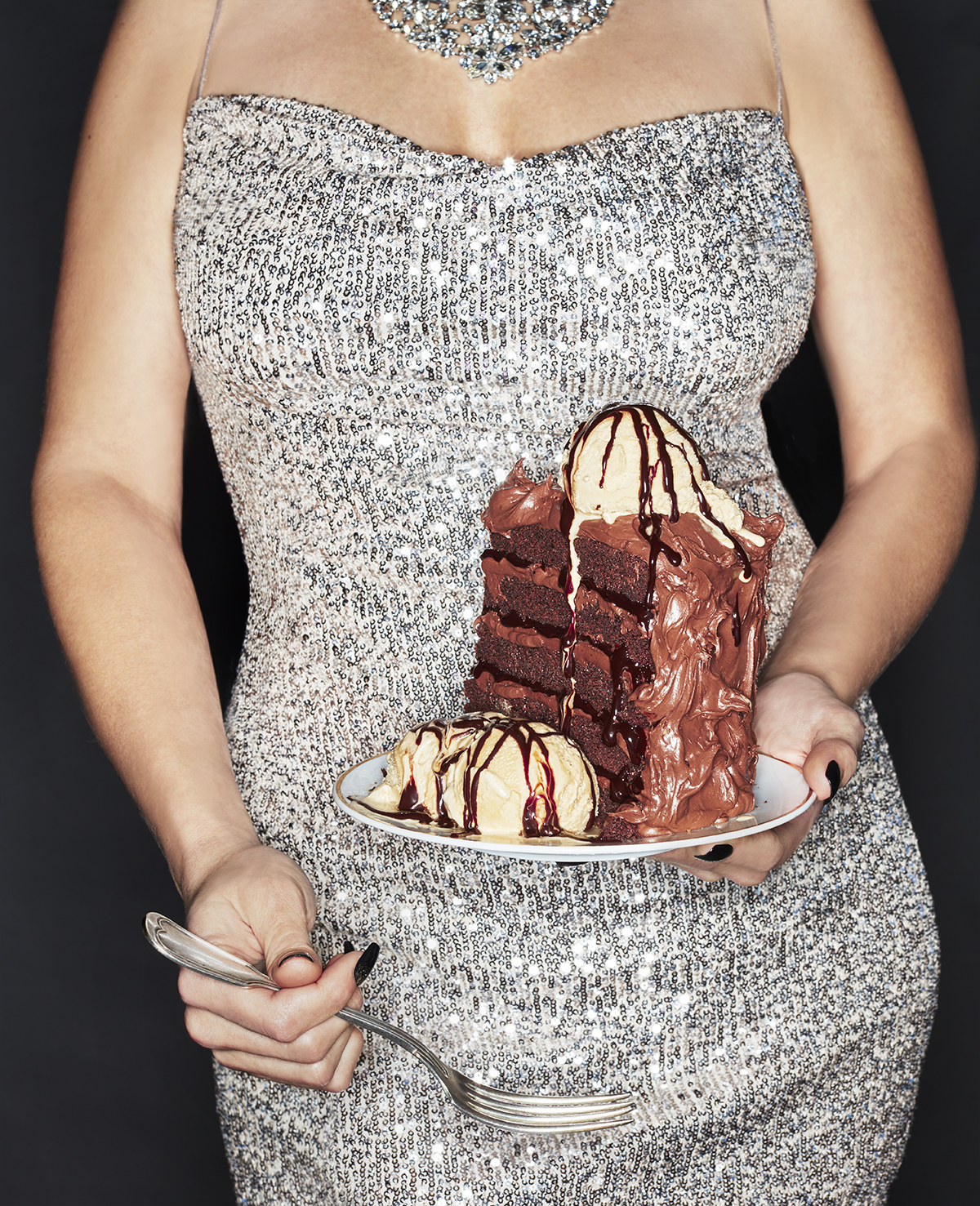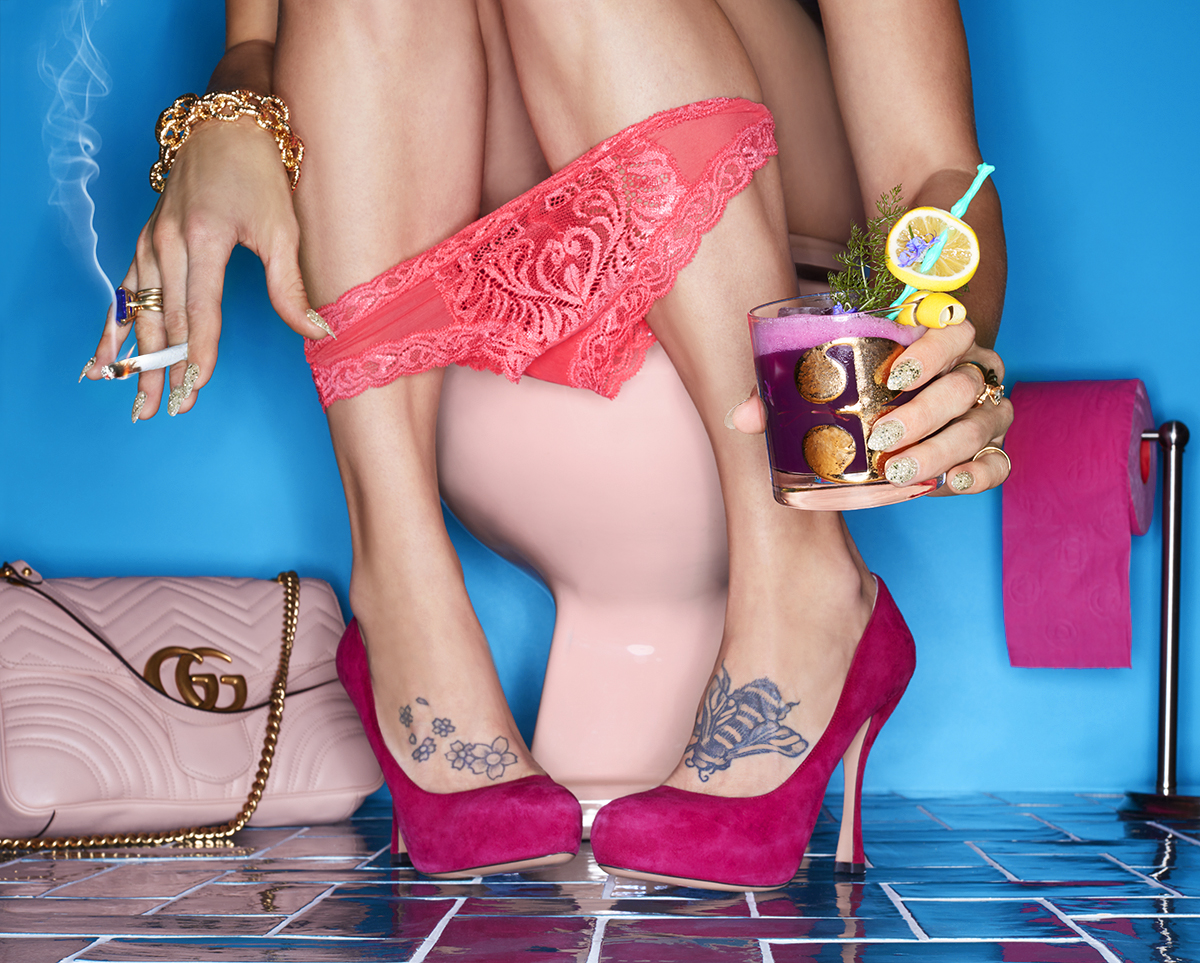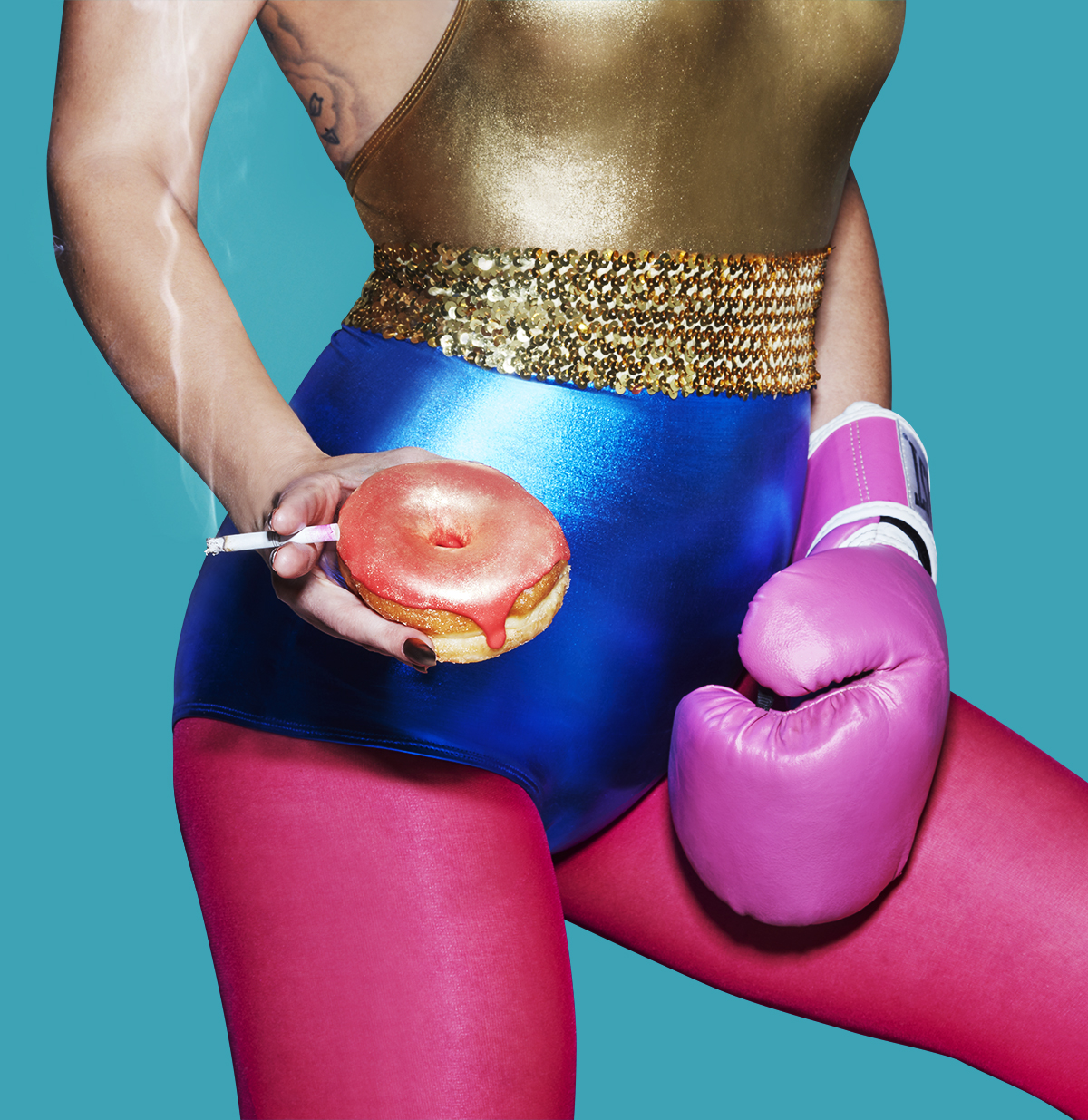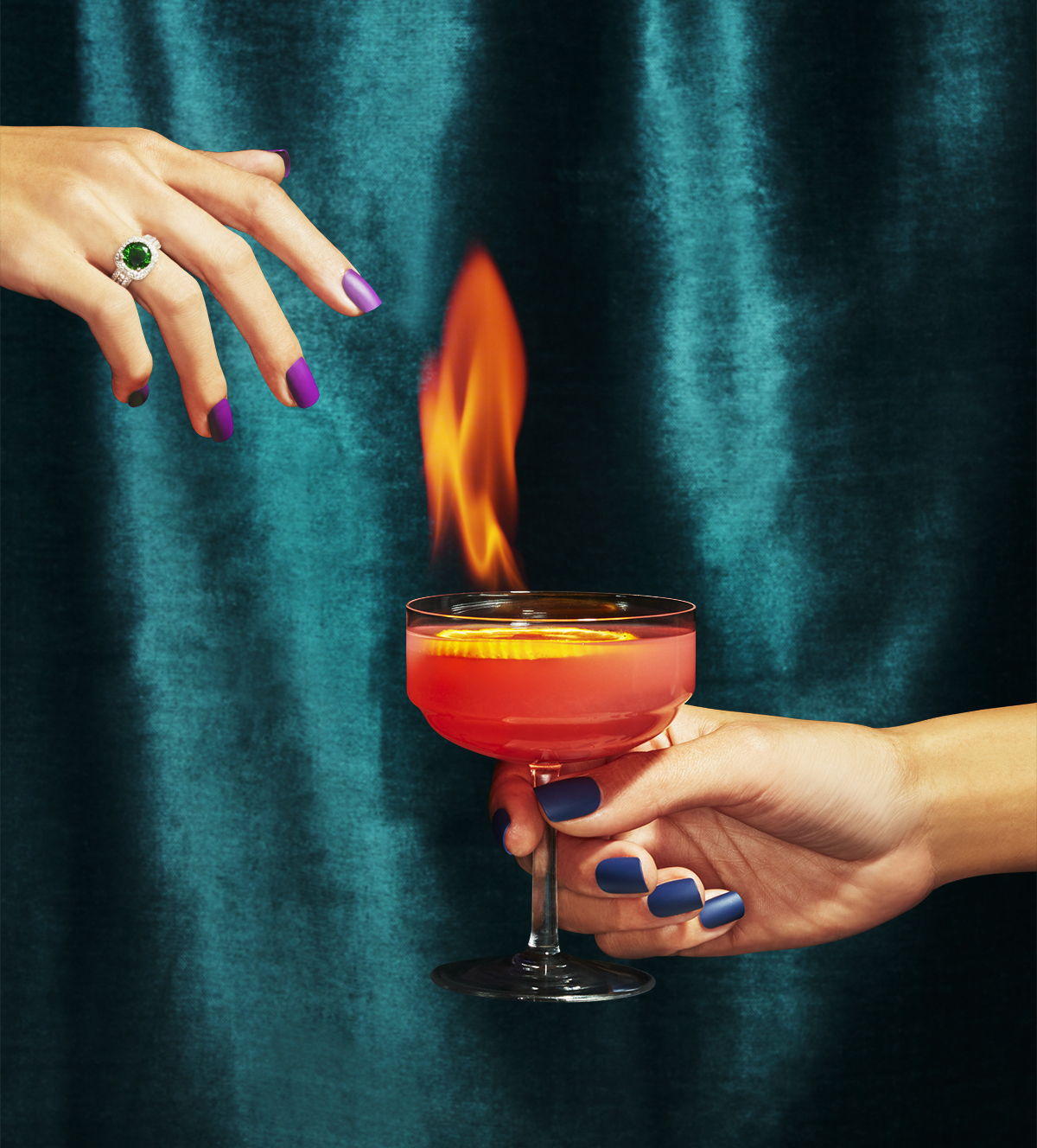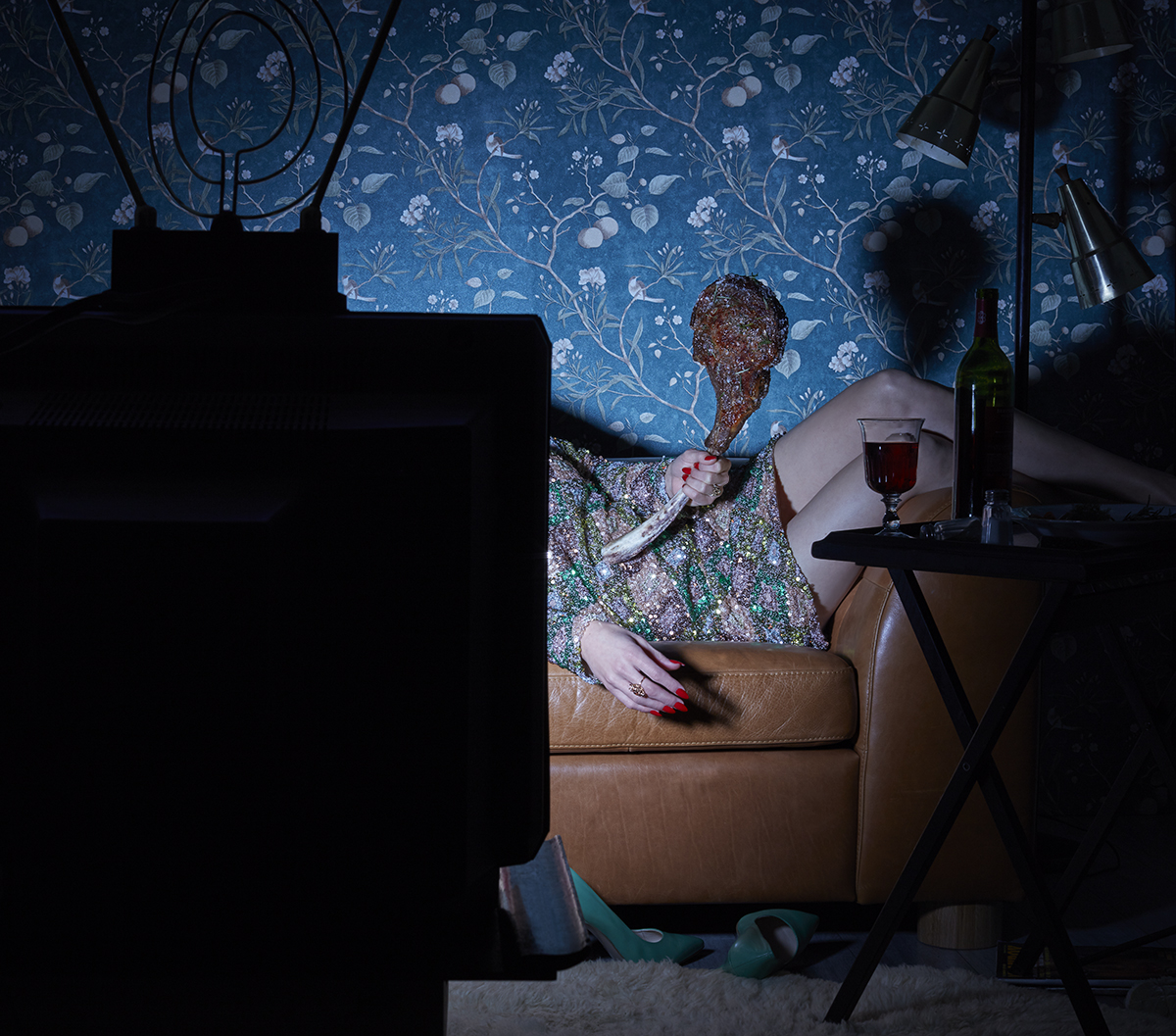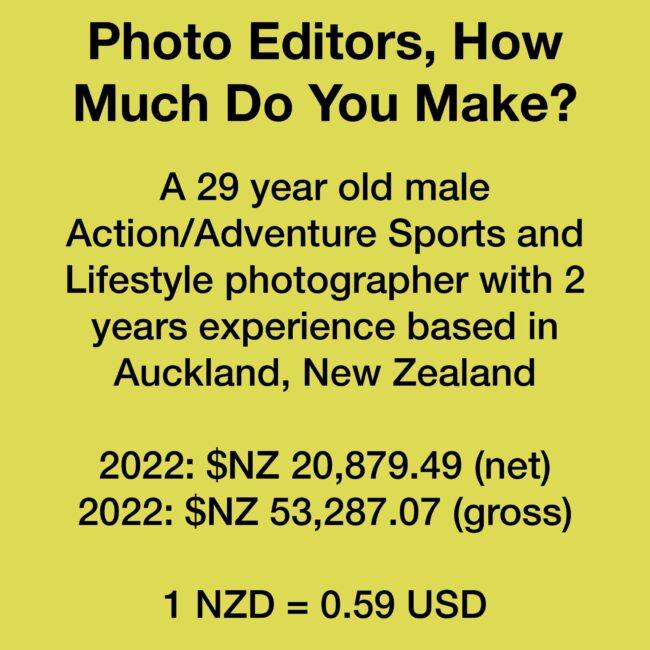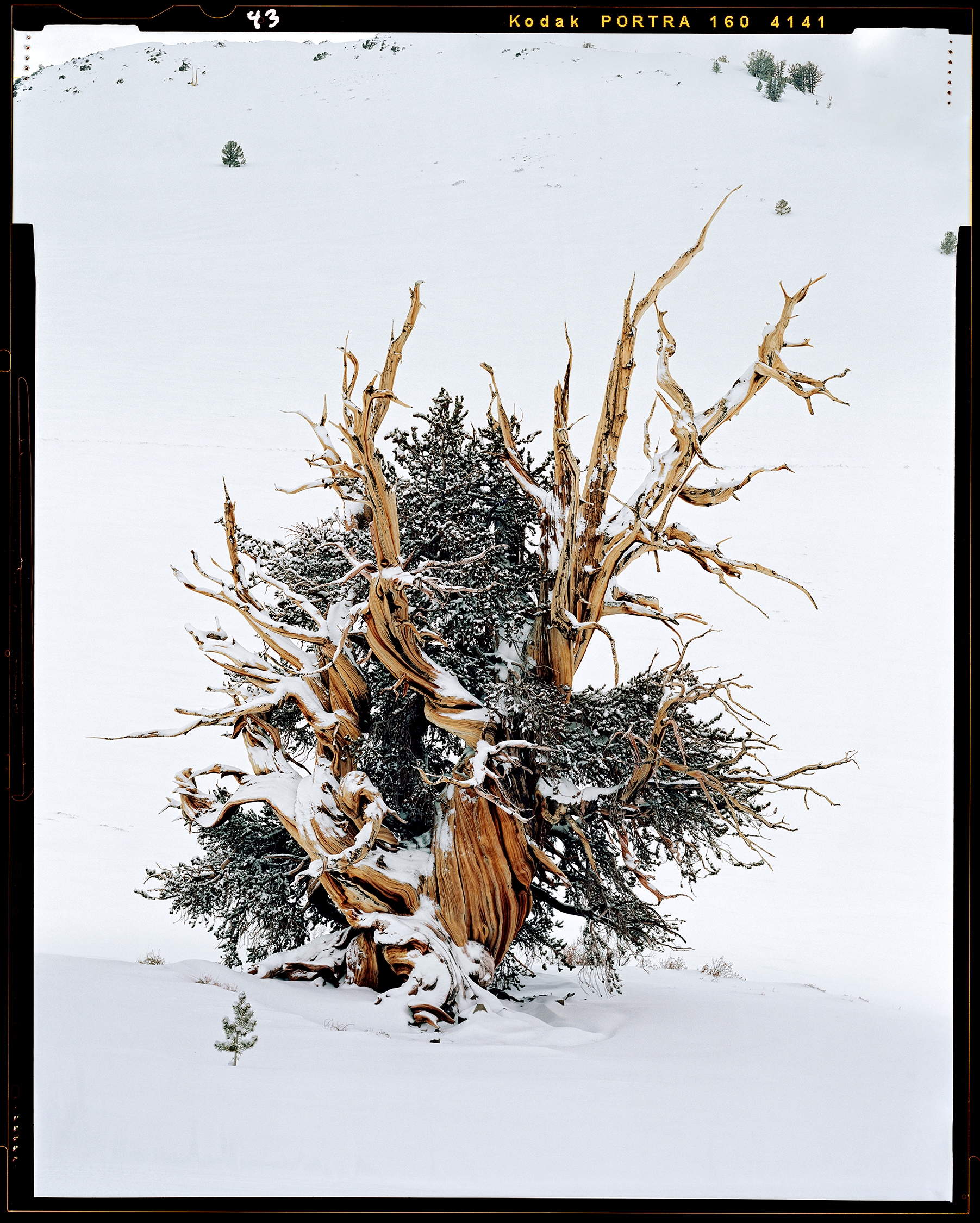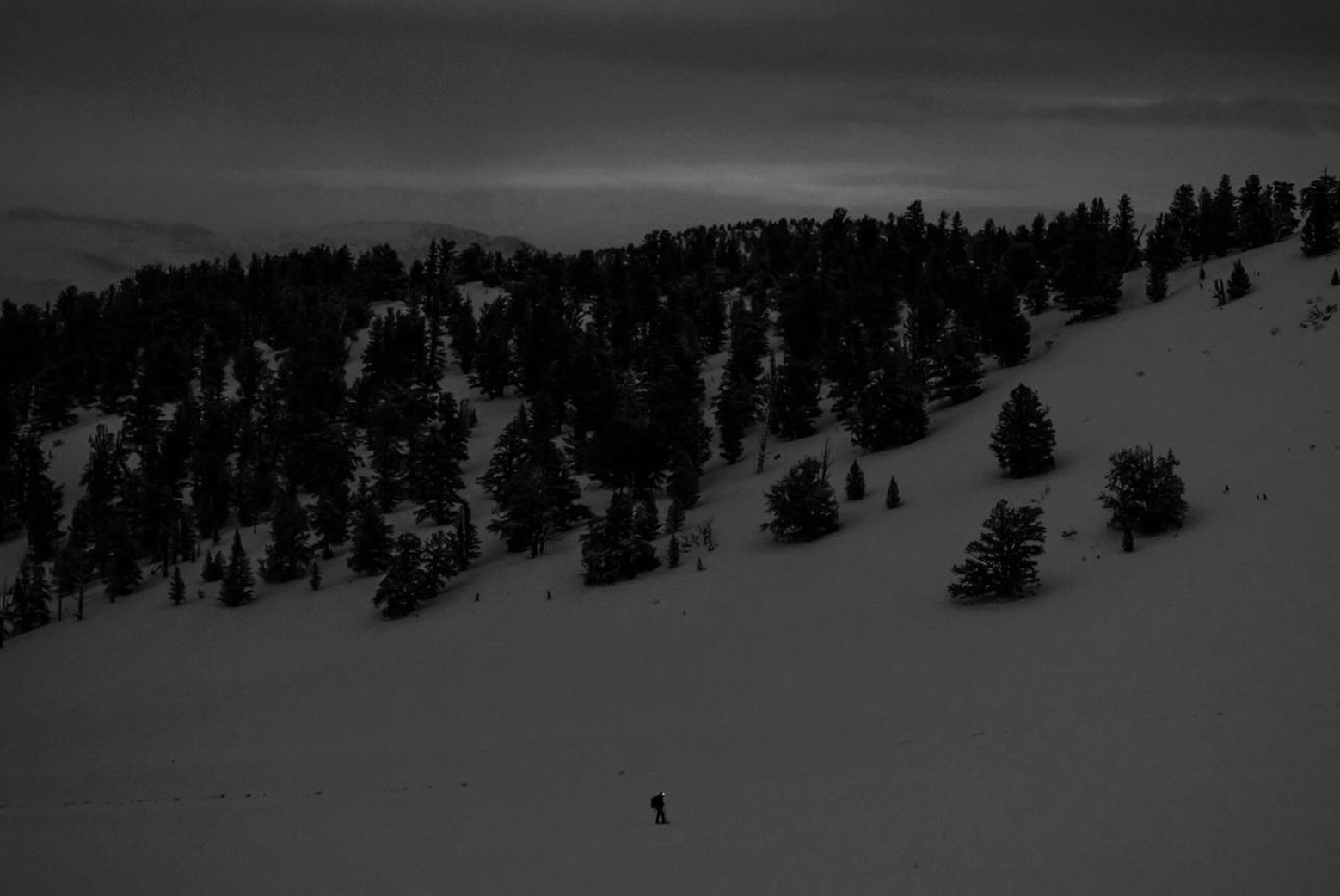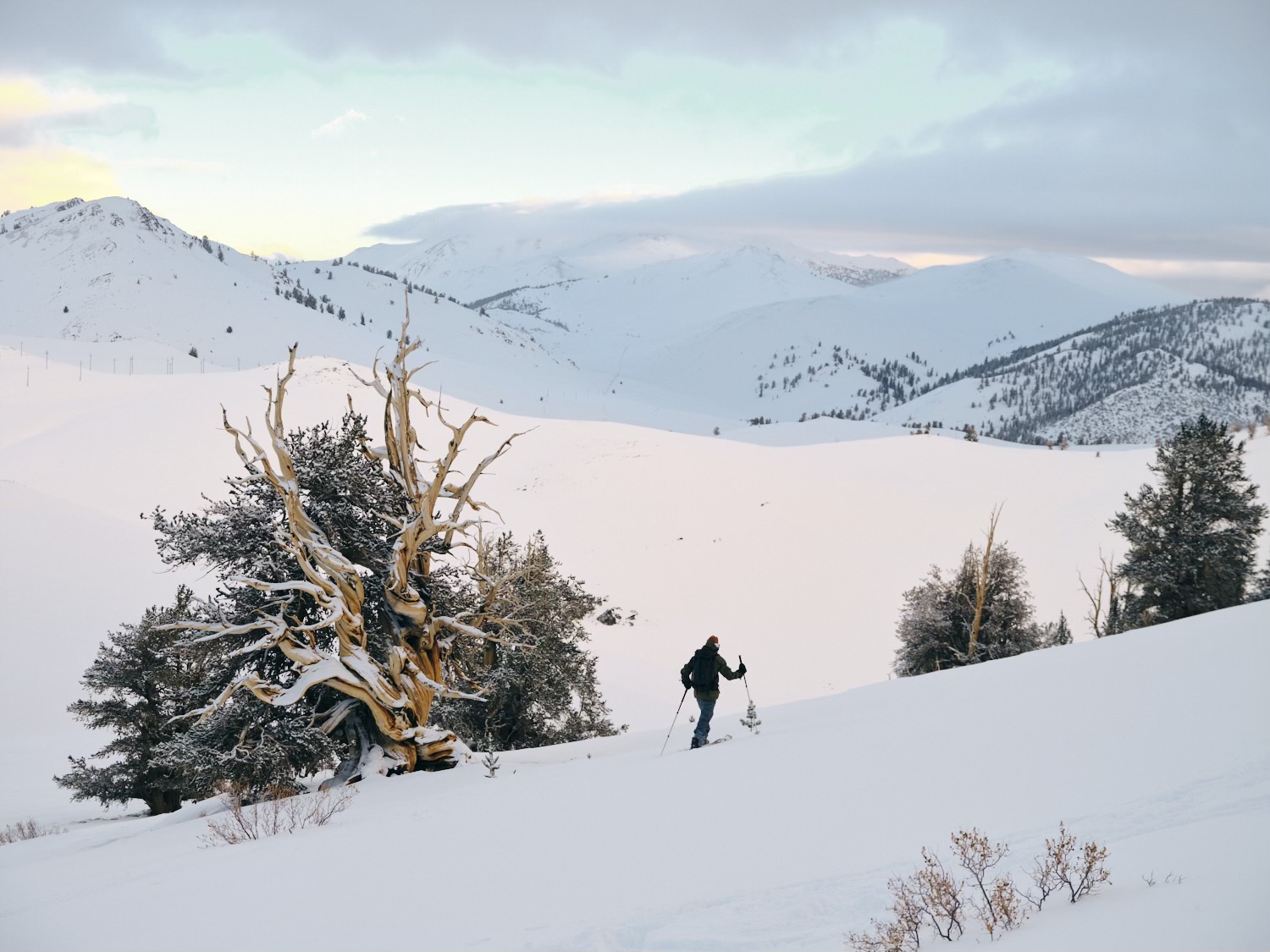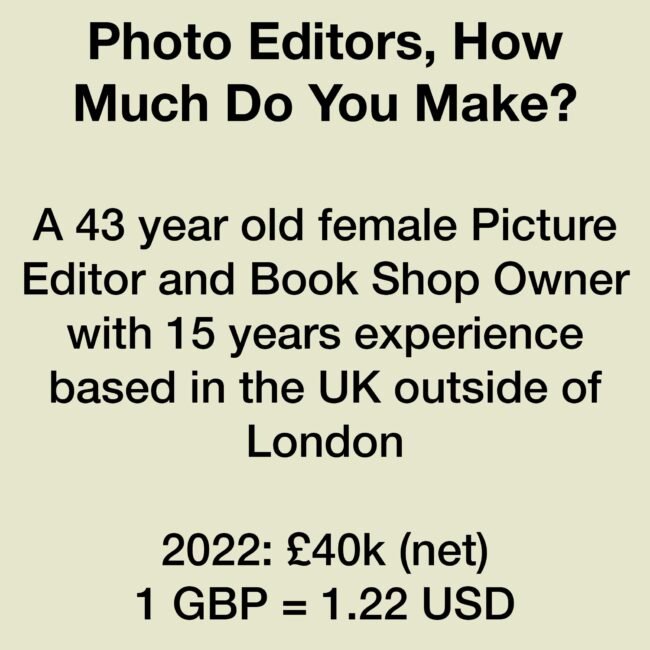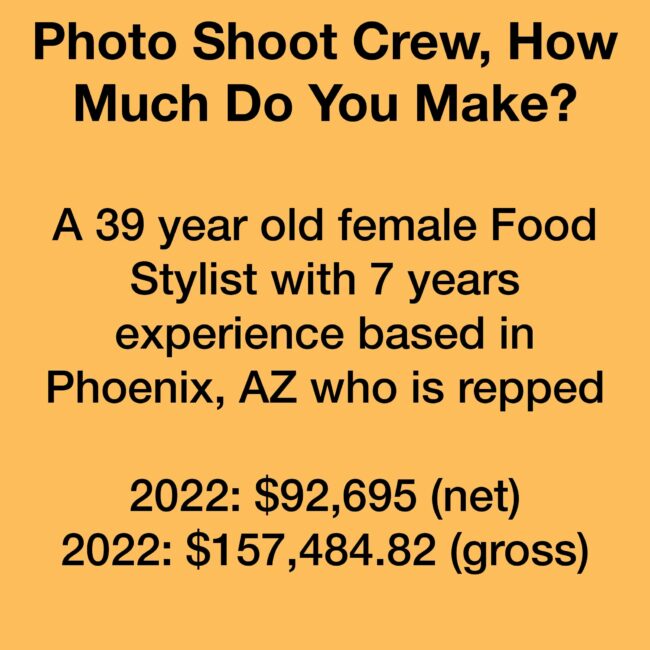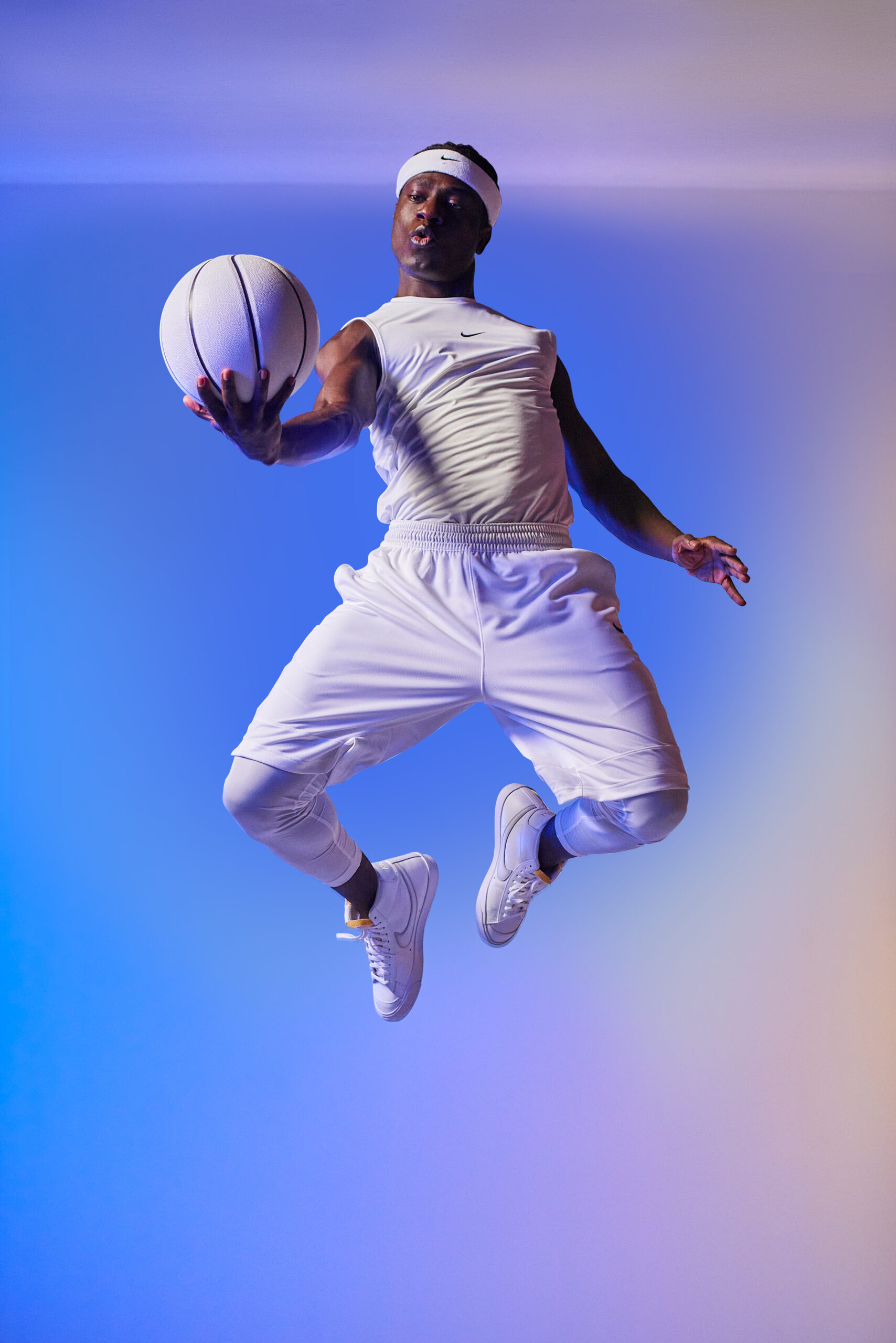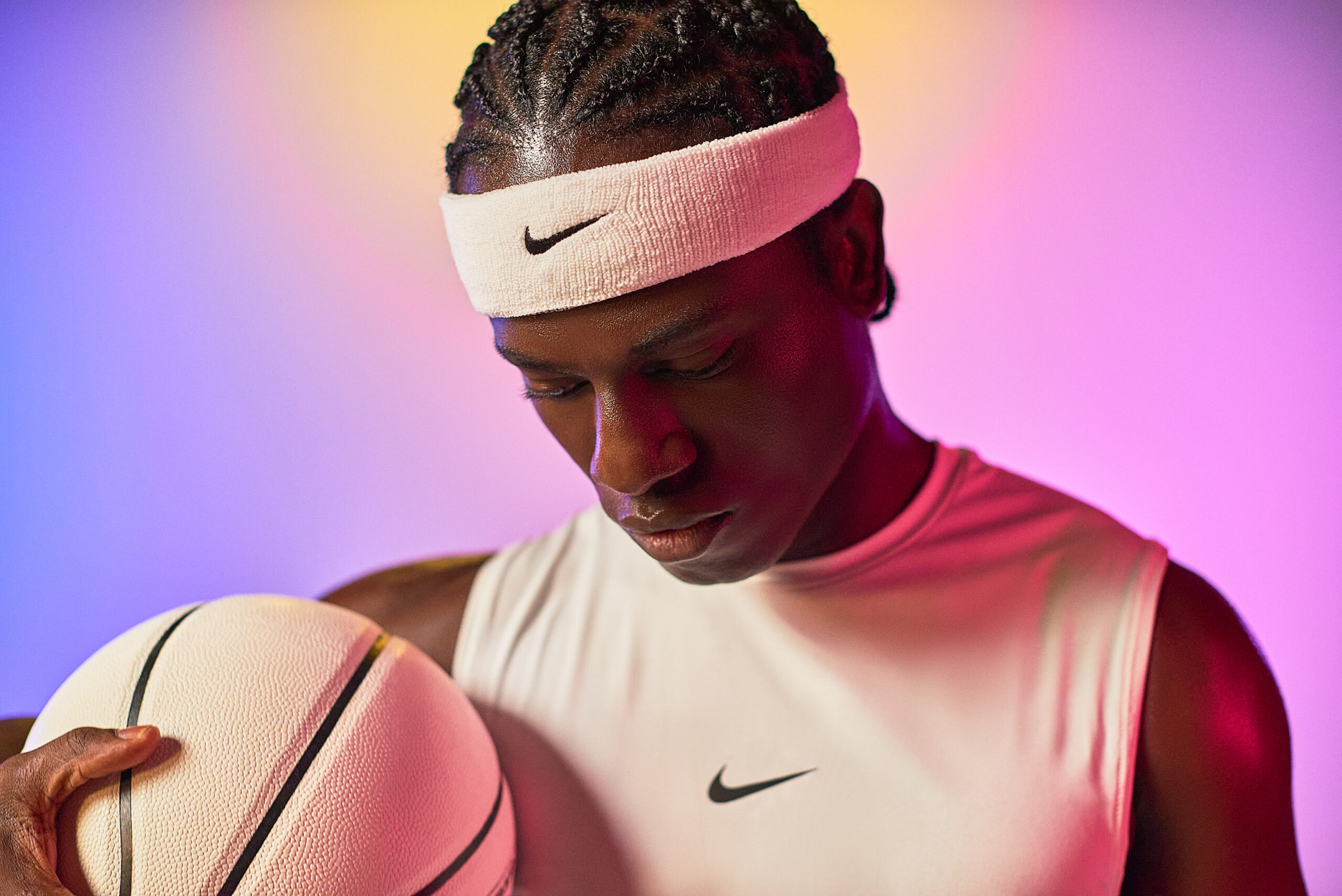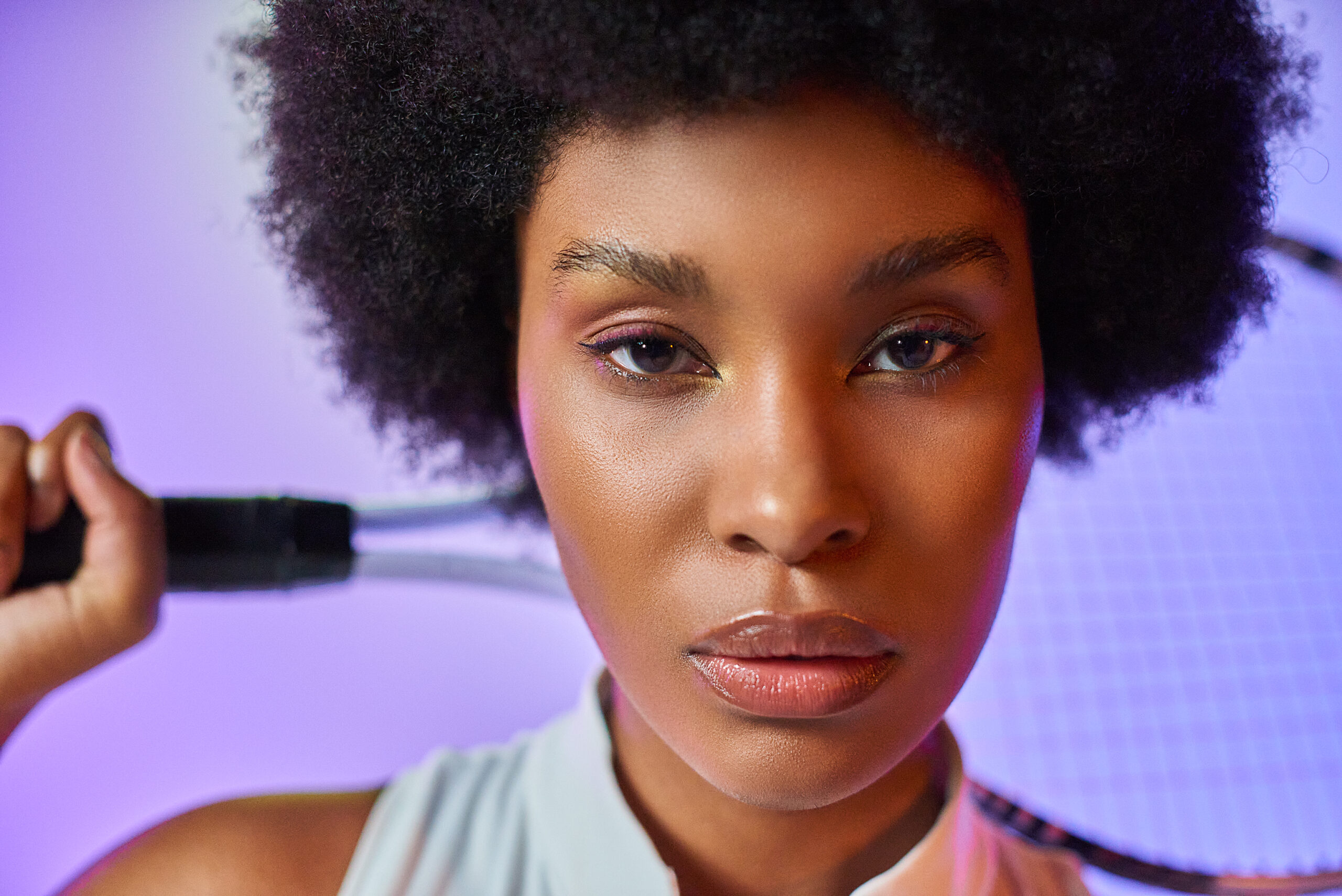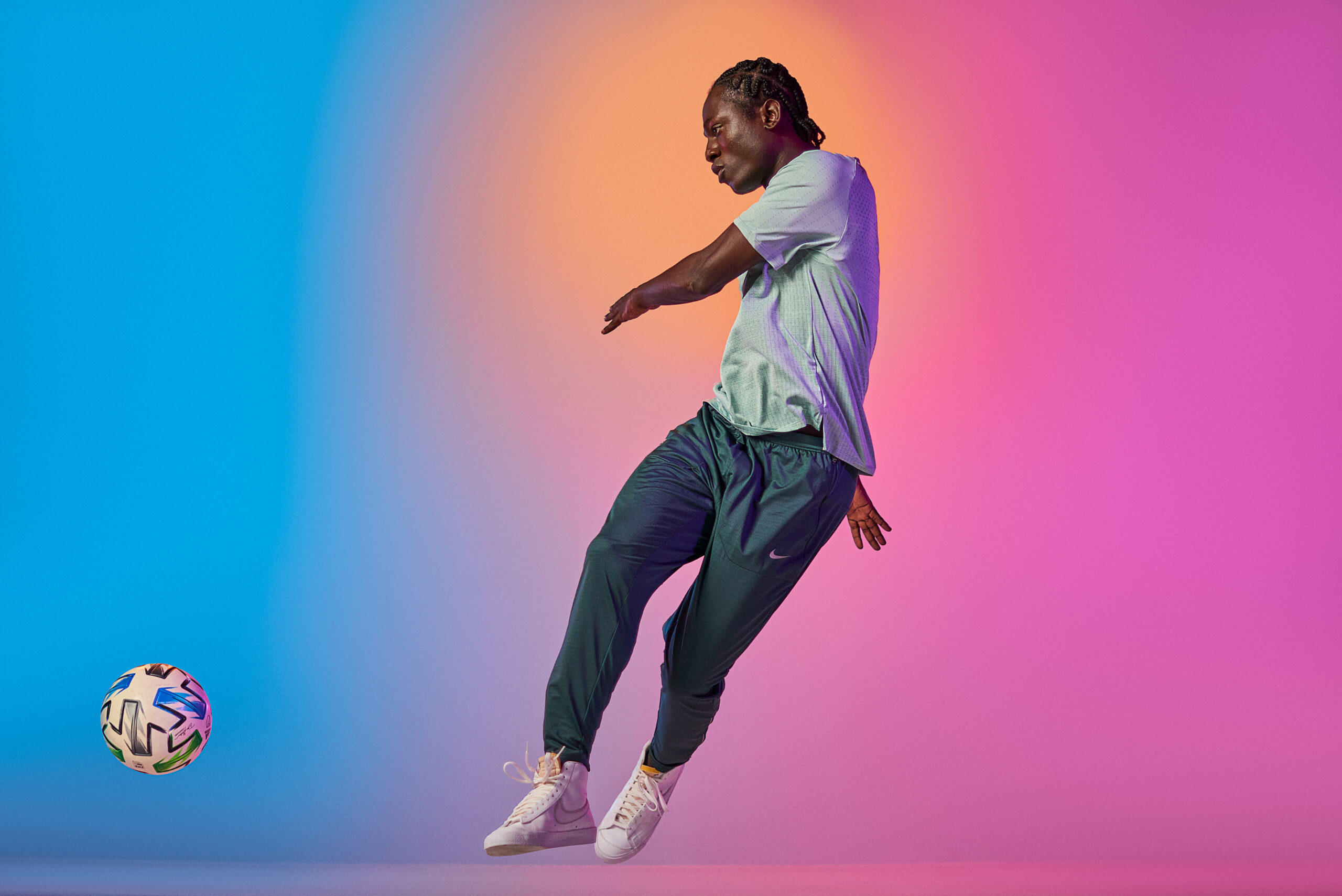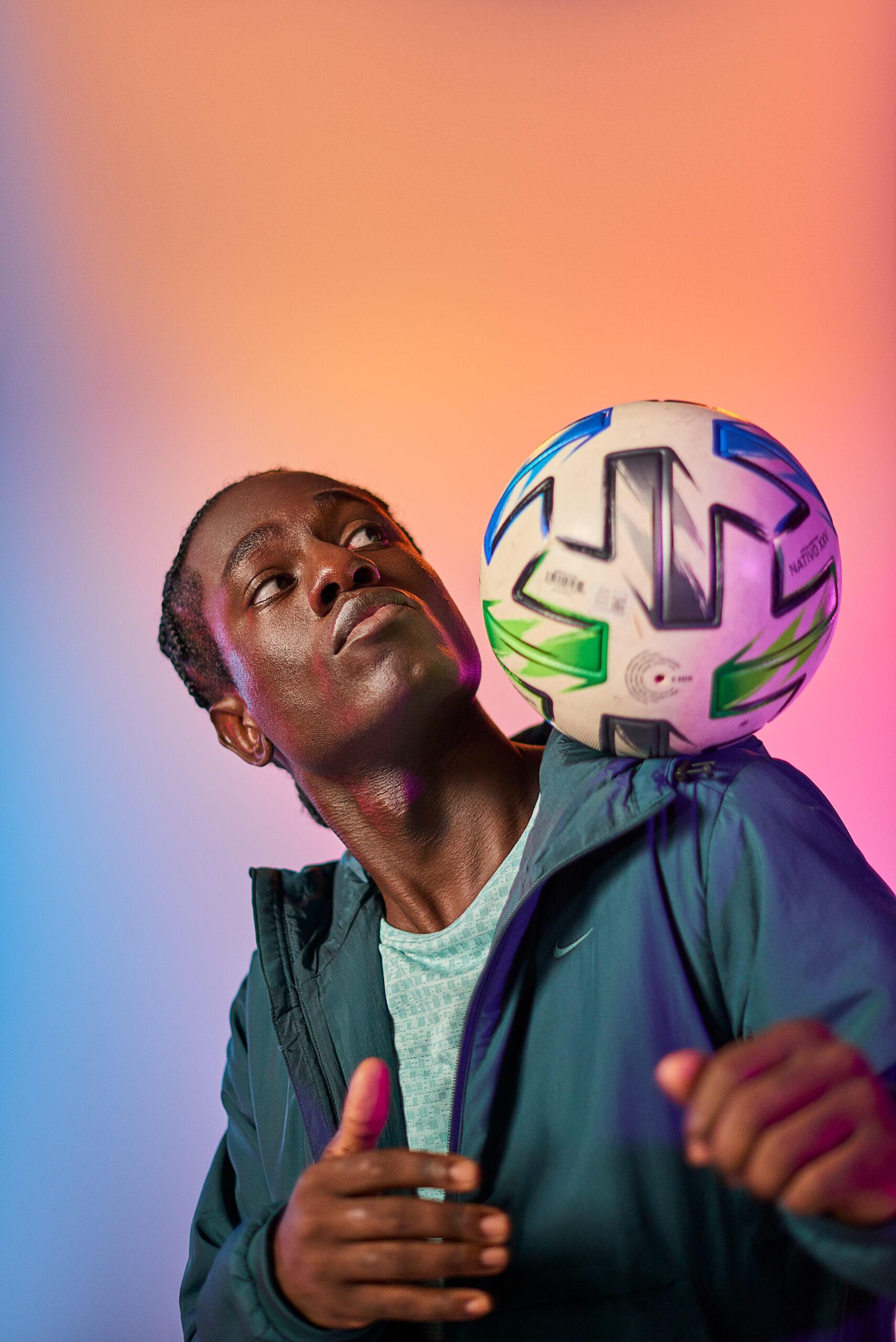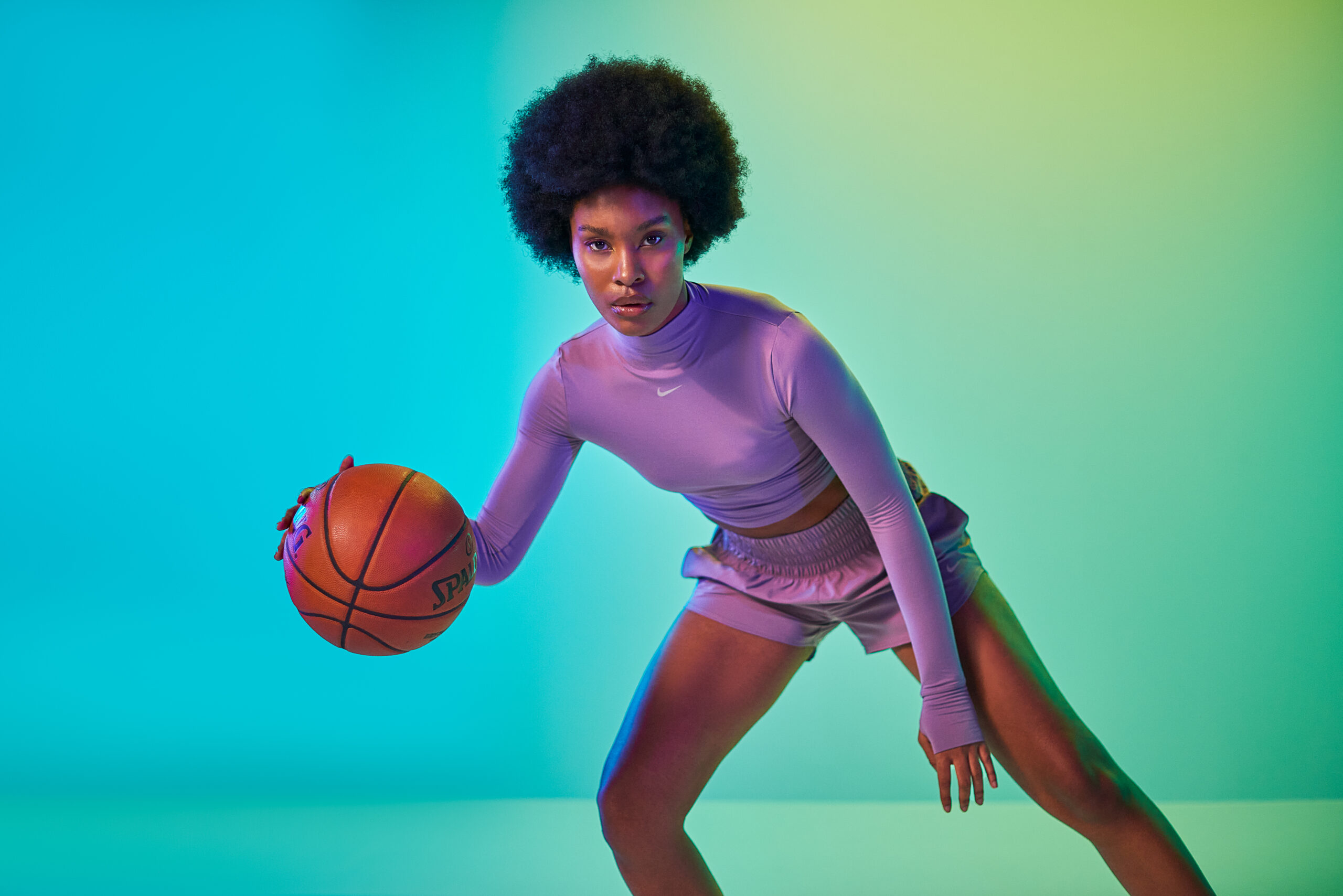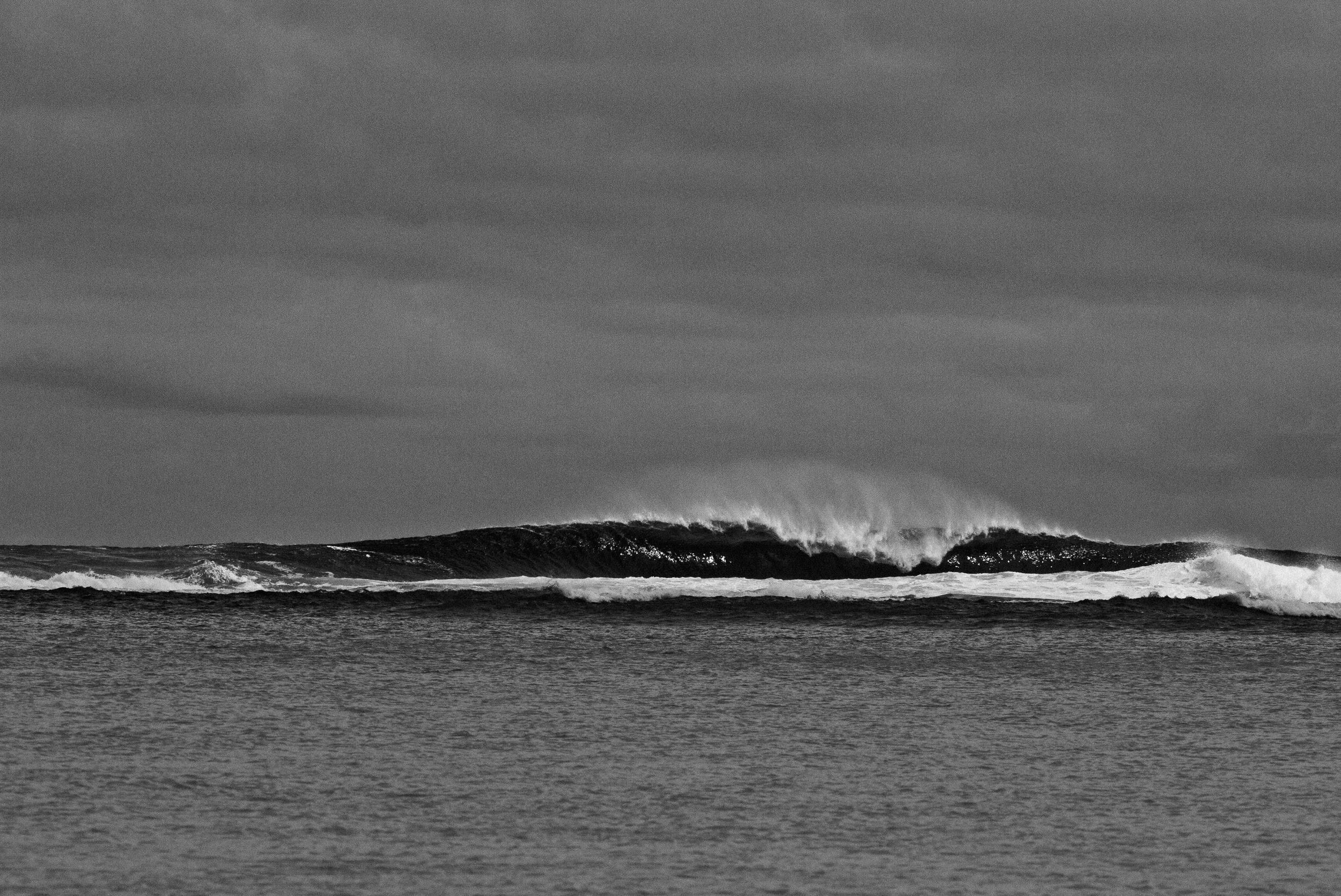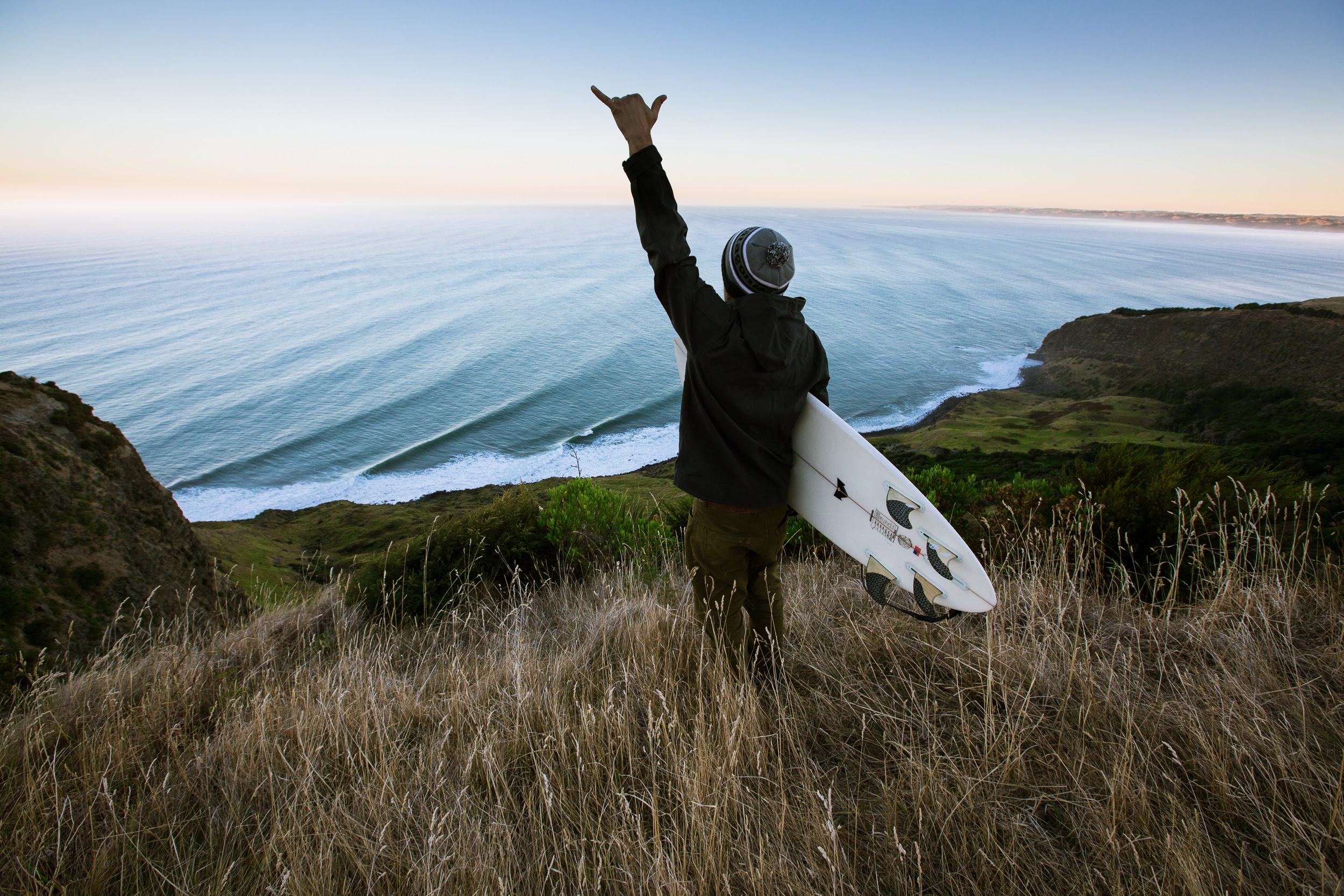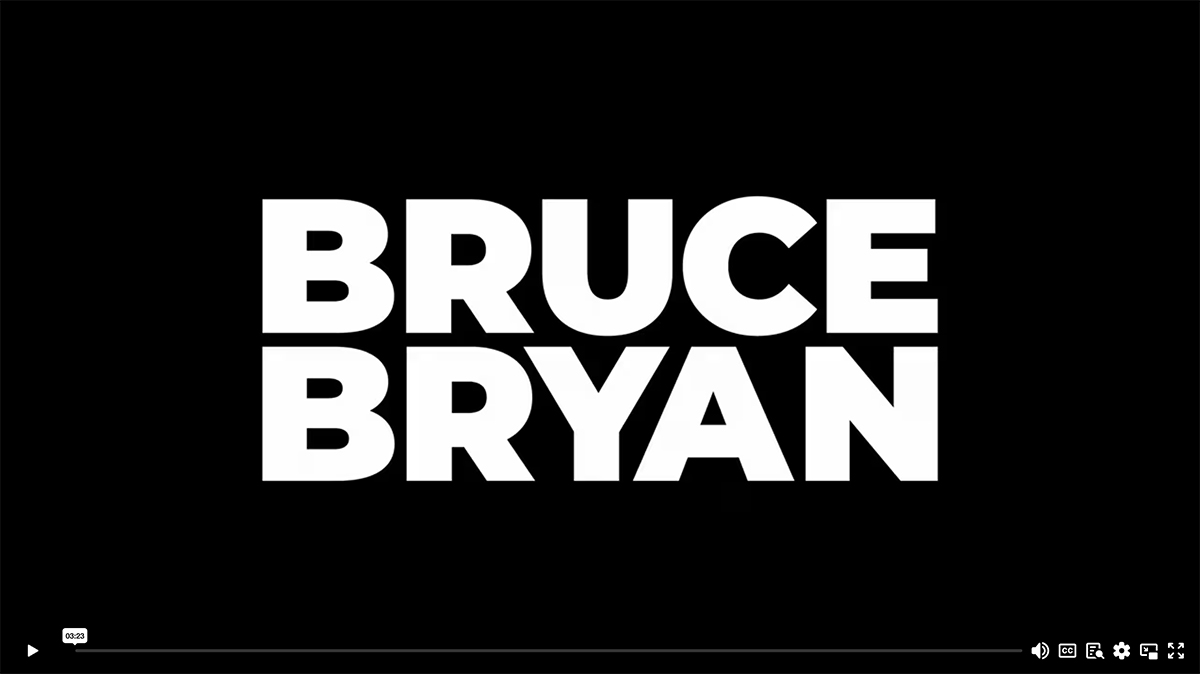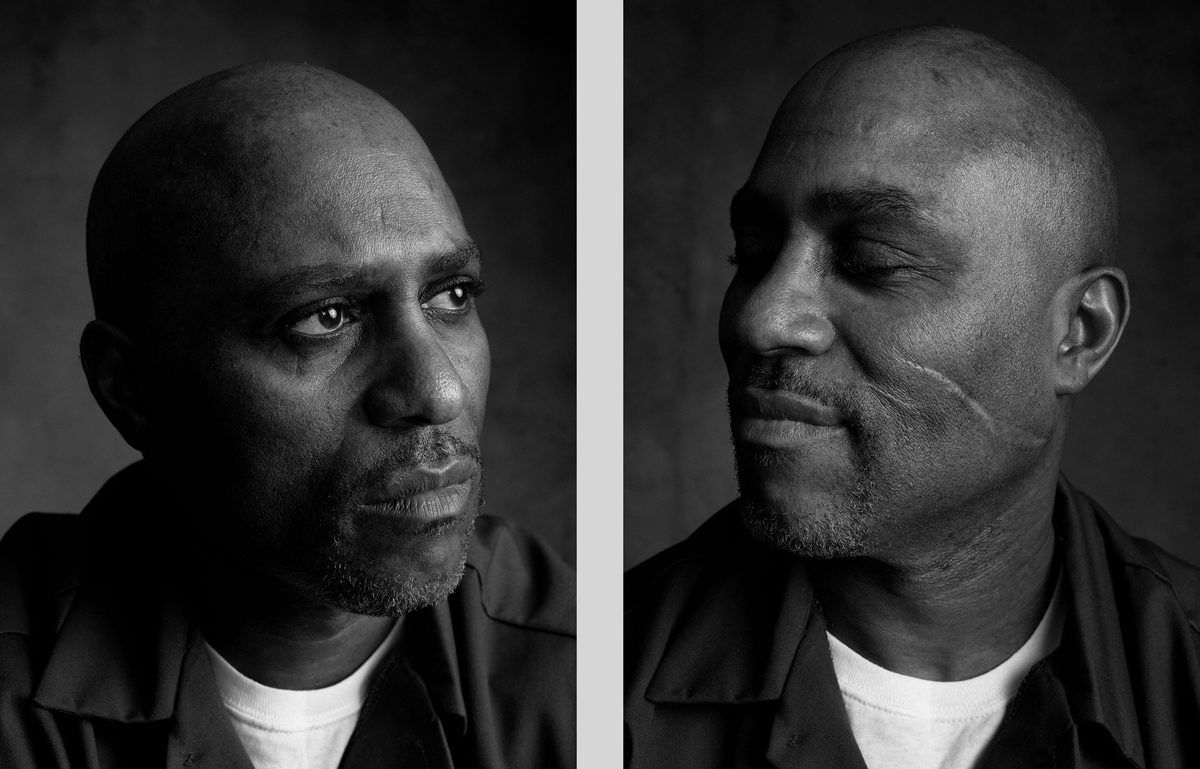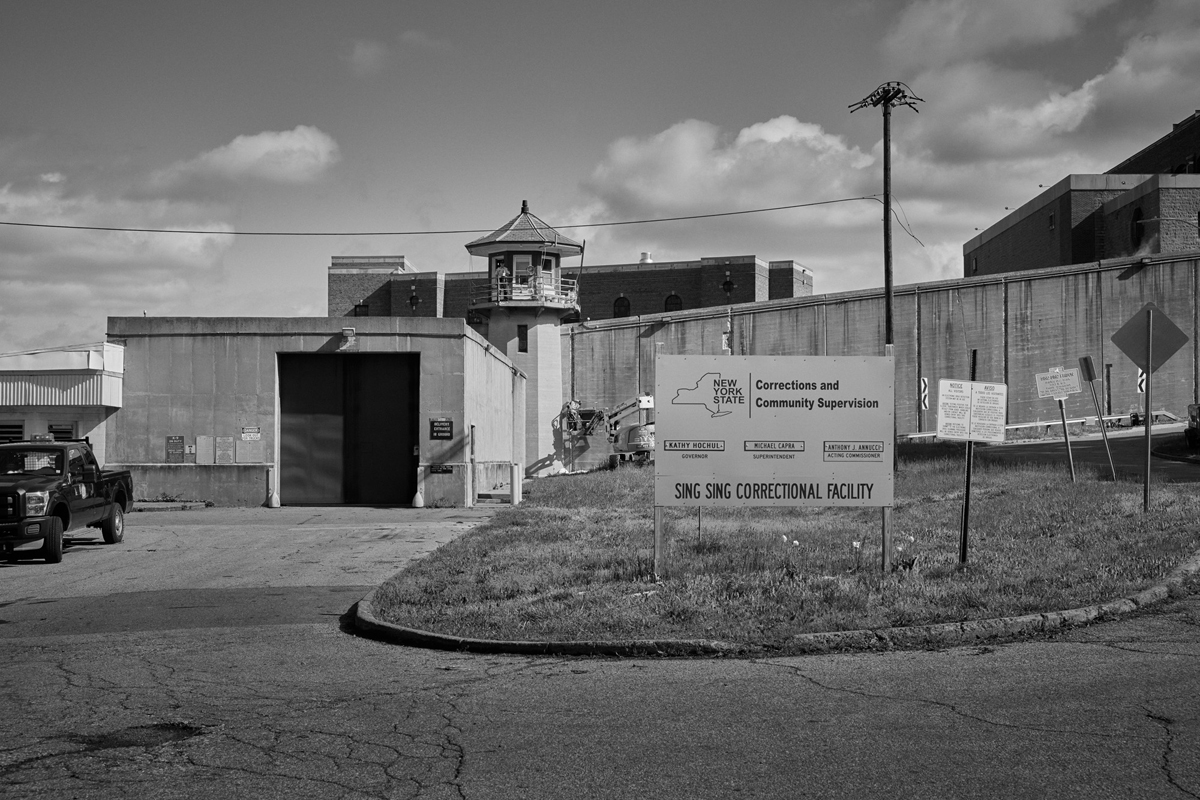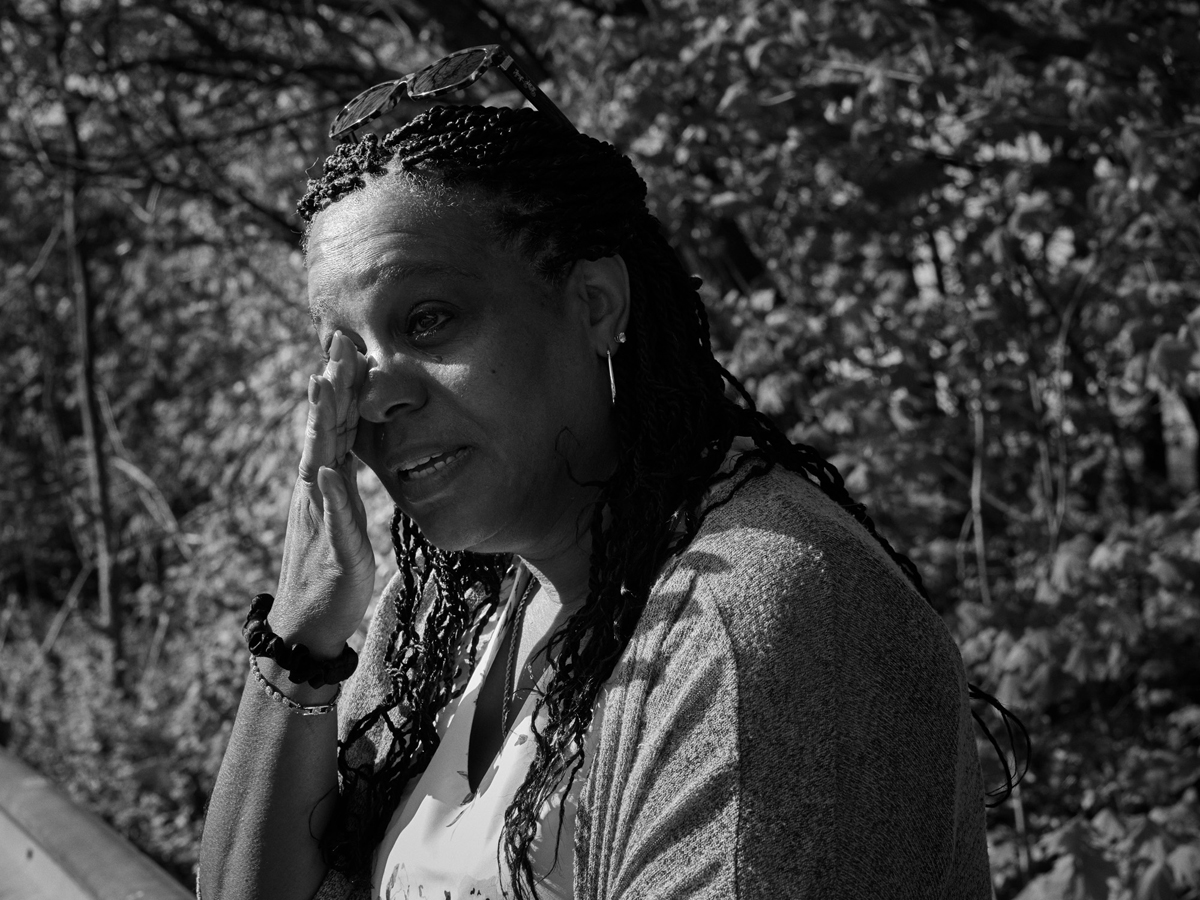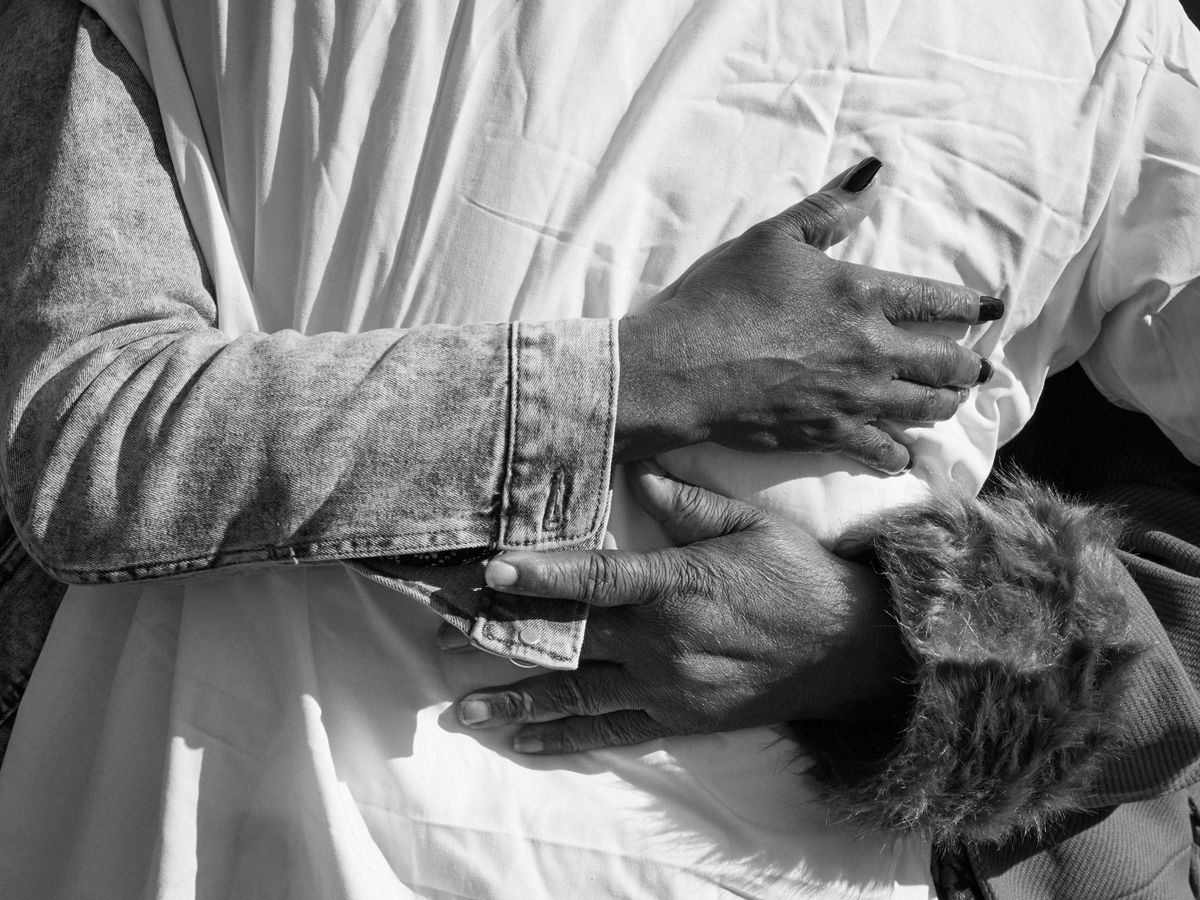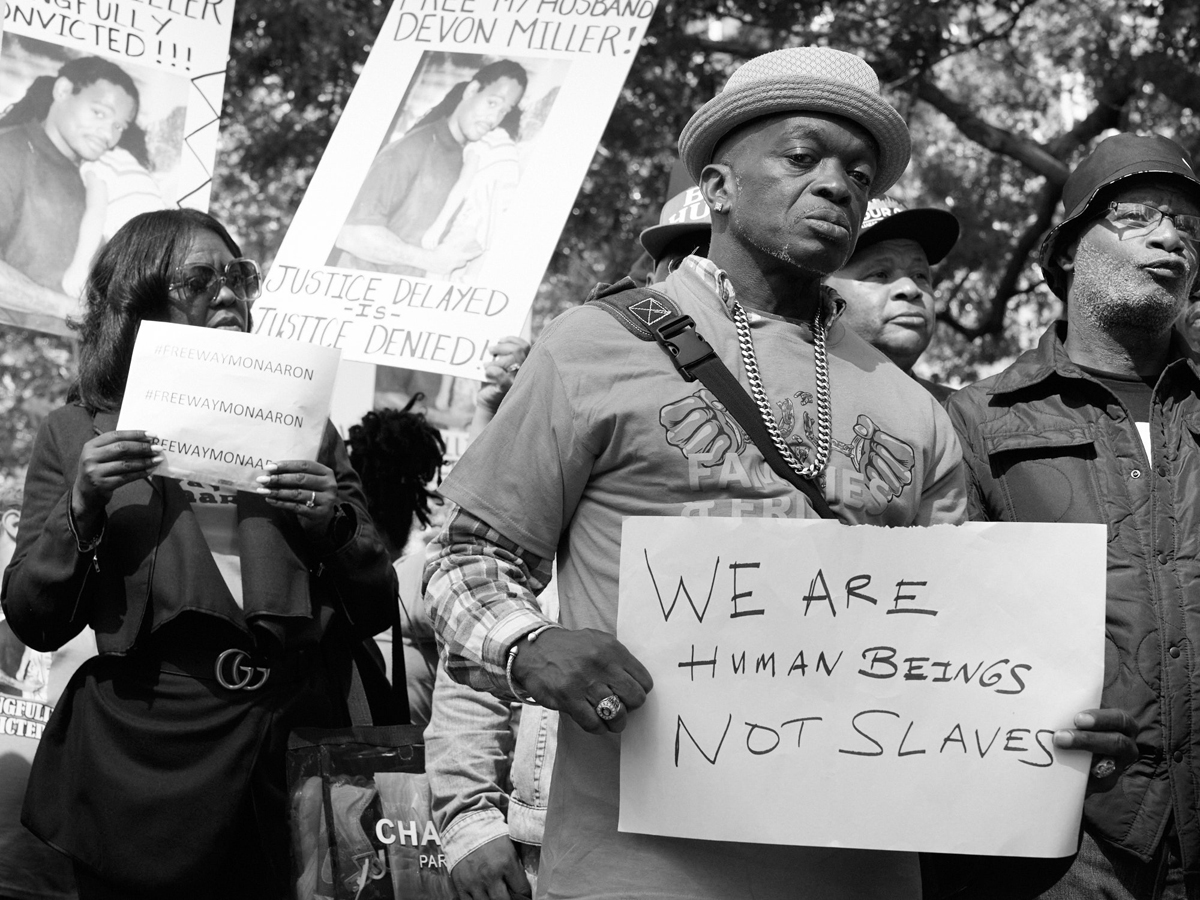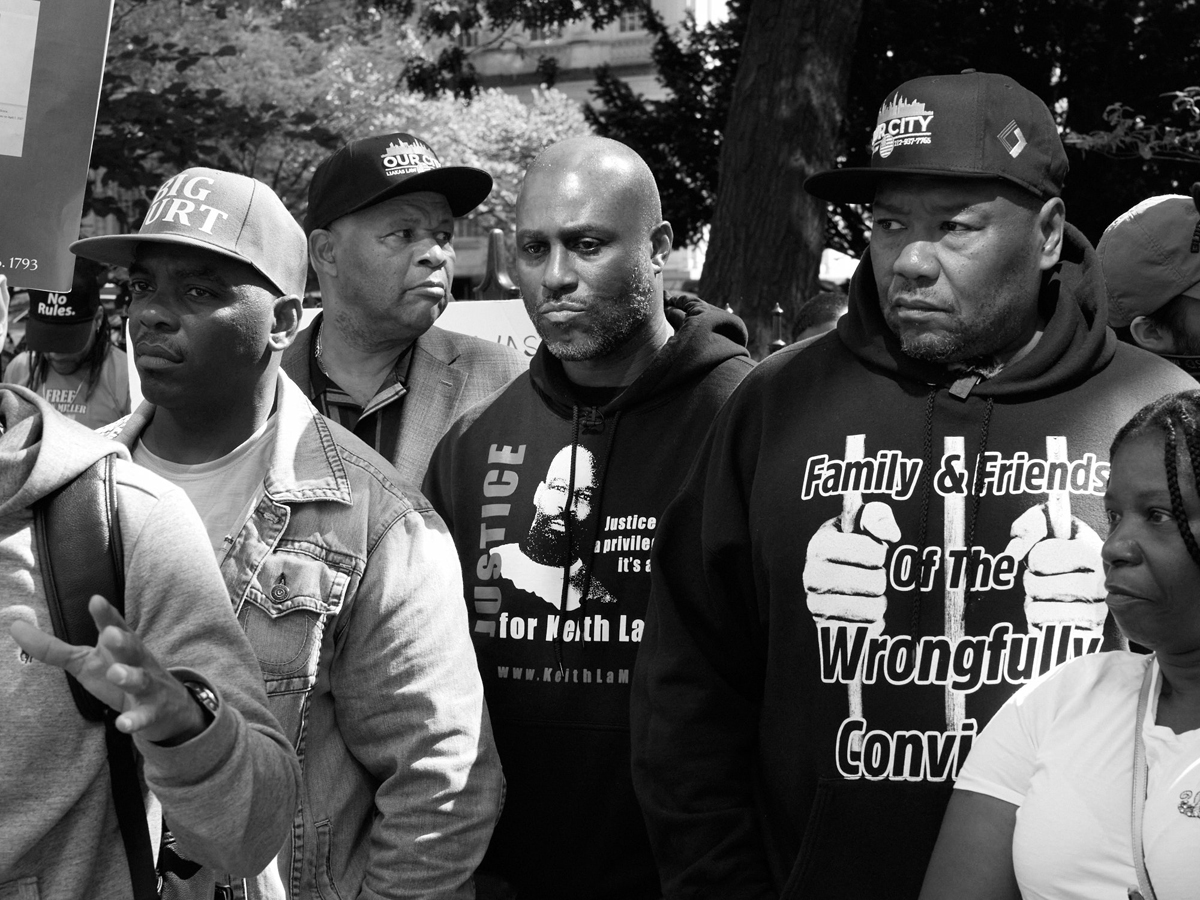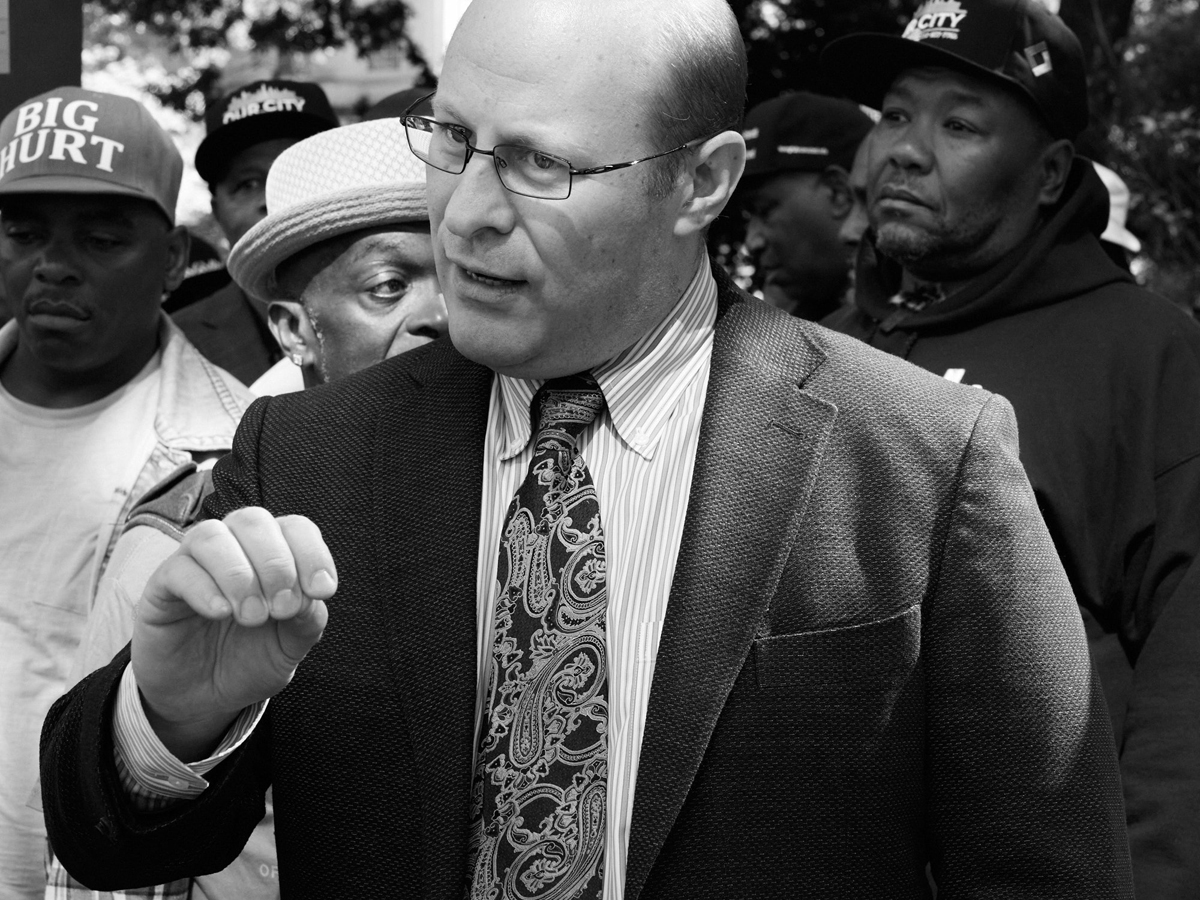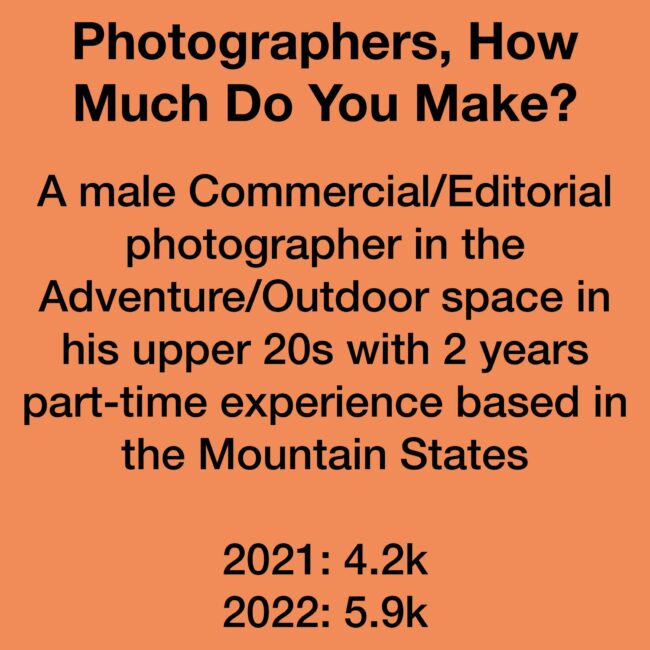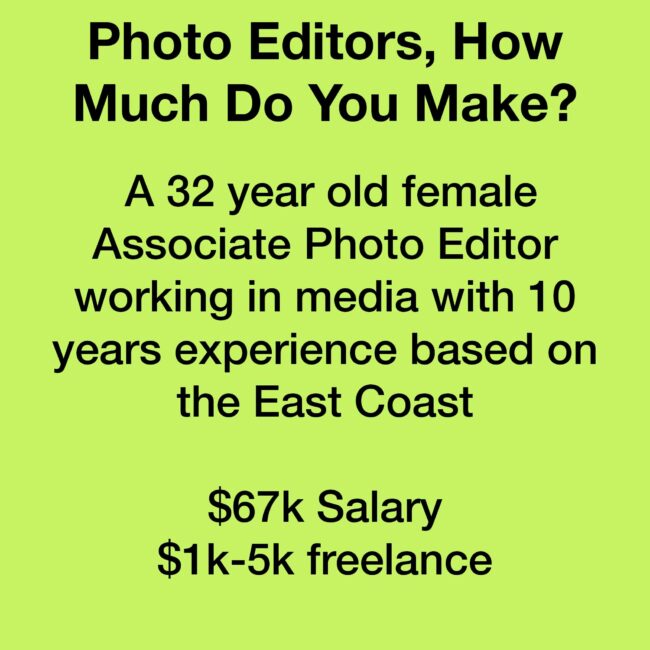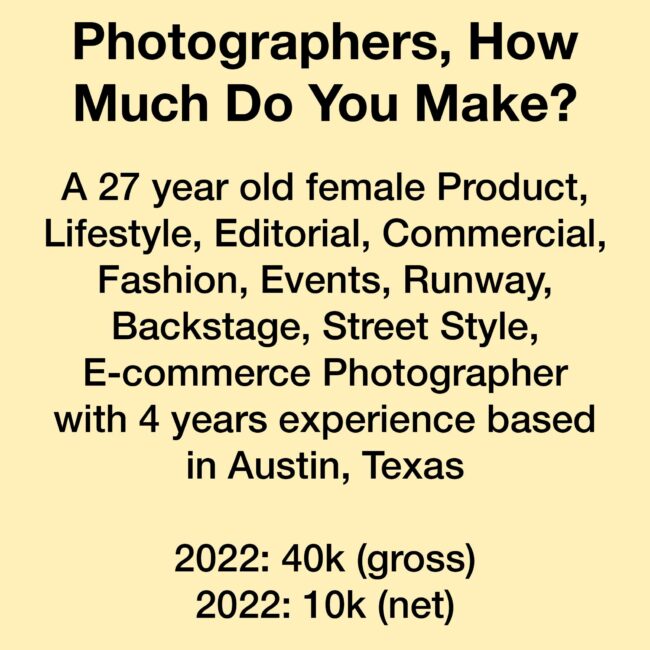
In 2022 my business was run as sole proprietorship and before expenses I made just under 40K (USD). However after expenses I only profited 10K and then roughly 30% of that was taxed. I ran/run my business under the 30/30/30/10 rule. Where I pay myself 30%, put 30% back into my business checking for bills/expenses to keep my business running, saved 30% for taxes and then put away 10% into business savings to cover myself for unforeseen expenses such as equipment failure.
My gross income has been steadily increasing year after year but could range anywhere from 10k-40k depending on the market. When I first started I only made 10k total and after taxes maybe profited $40 total. This was while working freelance (sole proprietor) AND as an in house photographer (W2) for a jewelry designer in Austin. Then in 2021 I became fully freelance and made 30k but only profited maybe 5K after expenses, and then $1,500 after taxes. In 2022 I was still structured as sole proprietor and made just under 40k but knew I needed to restructure into an LLC because the amount I was having to pay in taxes was becoming mind blowing.
Currently my business is structured as an LLC with an s-corp exemption. Which has been said that it should provide me way more tax benefits and save me money yearly; however I am not sure if it is beneficial yet. To be real and put this into perspective, as someone who lives in a less creative state, especially in the south, where I have to beg clients to pay me on time, makes under 40k a year and went from having to pay $300 for my CPA to now having to pay 2k in order to even file my taxes as an LLC I am not sure if it is worth it. But I guess that is the price of not having to ever work under someone else or be an employee of a company that spends their life to help their boss live a luxurious life.
I do everything myself like a psycho control freak. Literally everything; business wise, marketing, photography, creative and art direction, set styling, networking, financially, legally, website design, pricing sheets. You name it I am a one stop shop.
80% of my income comes from product photography, and then 3/4 of the 80 would be the fusion of products + models in the form of lifestyle/editorial/ecommerce; while the other 1/4 comes from just product photography in the sense of flatlays/ecommerce/shot in nature or at a venue/rental space/studio. The other 20% comes from random creative direction gigs and then events or videography. When I first started 90% of my income came from weddings/events/family/kids/senior pictures while the remaining 10% was fashion or product related.
The majority of my clients are local small-medium businesses with the exception of random fortune500 jobs in NY, Paris and LA. Typically the companies I work with are small in the sense of employees but structurally they pump out a lot of product and are on the rise into becoming big companies. I like to call myself the photographer who has an extensive collection of working with companies before they blow up.
I do not have any employees but occasionally I hire assistants when I am doing a bigger jobs or when companies hire me as both a photographer and creative director.
My overhead includes equipment upkeep/replacement/rentals/new equipment (anywhere from 5-15k), paying myself a barley livable income (20k ish and that is living modestly), taxes + paying a CPA (1-4k), then spending any extra income on doing creative shoots to build my portfolio or paying assistants (1-2k ish).
To be honest at this moment I am just trying to keep my head up after having to survive covid and then now entering a recession, which honestly may turn into a depression. I think most people under 30 are really struggling with what is going on in our country and older generations are not understanding that most of us will never even be able to afford to buy a home let alone really afford groceries. We are stuck between selling our souls to the corporate world or roughing it as freelance artists; and the worst part is that both options are not ideal when the cost of living at the moment is unbearable.
Ideally I will open a roth IRA for retirement and invest but that is going to take more time and energy having to research and teach myself how to do so and as someone who does literally everything by herself this is one thing that unfortunately will have to be on the back burner a little longer.
The hard thing with photography or being an artist/creative, is that jobs are very seasonal. Especially in Texas. Most freelance business’ or people I know, are either stupid busy where we work 7 days a week, 10-12 hour days, for months at a time or we are sitting at home twiddling our fingers staring at the wall wondering when the next job is going to come in. Especially in the south where life is generally more slow paced and laid back and not as highly creative or providing as much opportunity as other cities or states.
My income the last few year has steadily increased but with the current state of our economy I am fearful that there is going to be a huge collapse in income for all creative people. I am at the point where I either need to physically move out of Texas or mess around and start a movement for all photographers/artists/creatives to join in on the writers strike and stop providing services until the non creatives understand how imperative our work is. To me it is baffling to see photographers take images for companies, have to beg to either be paid/justify our prices, and be the ones struggling to pay rent or buy groceries-and yet somehow these companies are thriving. Can you imagine any company trying to run an business or sell a product without the use of imagery or videography or any of the creative services that make photoshoots possible?? It would be impossible yet we are still highly undervalued and underpaid.
I think there is a lot of time wasted in full day shoots and bigger productions so typically I hustle to keep my shoots under 4 hours at a time because I do not like wasting time. Typically I charge my client $150 per hour and this includes the photography services during the shoot, pre shoot consultations, mood board creation, and pre shoot preparation such as renting lighting equipment or booking studios/venues. Then I charge a per photo editing rate that ranges between $10-$50 per image and this compensates for the amount of editing and forces the clients to be mindful in their image selection. This price also includes the time spent post shoot sorting/proofing/uploading and exporting into an online gallery. Lastly I charge for commercial usage if the client intends to use the images outside of organic usage. All of my clients receive organic usage (simple insta and tiktok post-no ads, and website use) for 12 months; and if they want to use images commercially they have to pay either a per photo per month price or I offer a one time package price that includes usage of all images selected for editing to have commercial usage for 1 year. This is also dependent on the size of the company. For example most of the small business I work with only do 1-2 photoshoots a year so they are not using or needing new imagery very often. Then it increases as the business size increases and their intended usage increases.
My best paying shoot was not the shoot I made the most money on but the best experience. A company hired me to fly to LA 2 times during the summer and only shoot for 2 days, 4 hours each. They respected my hourly rates and even paid for my flights/accommodations while I was there. I think I roughly made 3k between both jobs and got to take home 1k for 2 1/2 days of work.
One of the worst paying shoots was with a small business who threatened to sue me because I would not release the images until they paid their invoice in full. They also wanted me to do creative direction, photography, and videography for a 6 hour shoot; receive 35 images, 96 videos and have commercial usage of all for 1 year. When I got sick with covid and had to reschedule the shoot they also tried to force me to pay for the airbnb they booked, even though I found a suitable photographer/viable options to keep the shoot going. Mind you the pay was only $2,300 for all of that.
My highest paying job was $5,600 for a fortune 500 company and while it was the coolest because I got to travel to France for a week, it was one of the worst experiences ever due to the guy that hired me for the job (not affiliated with the fortune 500 company or the media company they hired). The guy who hired me and the team told me I would make $5,600 for roughly 5 days of work (essentially following rich people around France and taking pictures of them experiencing the spoils of France) and that I would only need to take pictures and would not have to edit any images post trip. However he waited until we flew to Paris to bamboozle us and inform us that each team member would have to do photo and video, as well as edit the images; but would not compensate us for the extra work. He also told us that food would be entirely covered and then waited until we were there to tell us not all meals would be covered. Mind you it was an incredible experience to be in France but not worth the pay when the days ended up being from 7am-10pm at night and then having to deal with traveling for a week with a misogynistic egotistical male.
When I shot weddings and needed a second shooter I paid them $500 for 4-6 hours and then let them present their images to the bride/groom as their own business, in their own editing style. I did not use their imagery as my own work and viewed it as a way to help other photographers advance/get practice in their own career without having someone above them steal their work and pass it off as their own or underpay them/force them to adapt to my editing style.
When I moved into more product/fashion work I would pay assistants $100-$200 for roughly 2-5 hours of work during a shoot day. Their roles consist of helping with lighting, prop retrieval, checking in on hair and makeup or aid in helping finish those roles, using a timer and schedule to help keep me on time when shooting, backdrop set up, behind the scenes iphone videography etc.
Video makes up 10% of my income. I honestly hate video but people love BTS content or short clips to use for reels/tiktok so I often throw that into my services to make extra easy income. Most of the work I get is through word of mouth or through unpaid social media posts on insta and tiktok. I will be honest I am lazy when it comes to marketing but am a firm believer the best form of attracting clients is through word of mouth. It creates loyal relationships.
To be completely honest, being a female in this industry I have not received much worthy advice from anyone. It has shown to be very exclusive and secretive, and “I had to struggle so you will have to as well.”
The best advice I would give would be that in order to be successful or profitable, you need to differentiate yourself as a business owner and learn how to turn off the inner sensitive artist. I used to get so offended over my work and this caused me to undervalue myself and allow people to run over me and underpay as well as over work me.
The worst advice I have received was an old white man told me “keep your day job” and I did the exact opposite and am forever thankful that I did not listen to him.
You also will need to become more strict, obedient and consistent in standing up for yourself because most clients in this industry will try to take advantage of you. Especially if they see real talent, but undisciplined talent. Also remember that there are always going to be people who are far less talented than you but have more confidence and audacity and that is why they are more successful. The phrase fake it till you make it is real and talent doesn’t necessarily mean you will be successful. You have to be savvy and think as much technically, if not more than you do creatively.
This is also a highly dominated field for males and the best advice for women I can give is building a strong network between the girls, gays and theys and really focus on making meaningful connections with not only important people but more so the nobodies who grind as hard as you because; you never know who will become more powerful or influential later on. I have noticed the majority of the time when I help others out in an authentic organic way because I genuinely want to help others, people are more willing to pay it back tenfold and at the end of the day the way to advance further up career wise is getting to know the assistants, lighting crew, and anyone who is key in making photoshoots happen but may not be influential in any manner. Yet.
Become comfortable being uncomfortable and hearing no. Coming from someone who knew nothing about the industry besides watching America’s Next Top Model/Devil Wears Prada growing up, who knew nothing about running a business, who knew absolutely no one in the industry, who had no one to look up to or get help from; do not let anyone tell you you cannot do it. Also have more audacity in general. Most of the biggest moves of my career have been from being crazy and just throwing myself out there and not caring of looking stupid or being told no.
